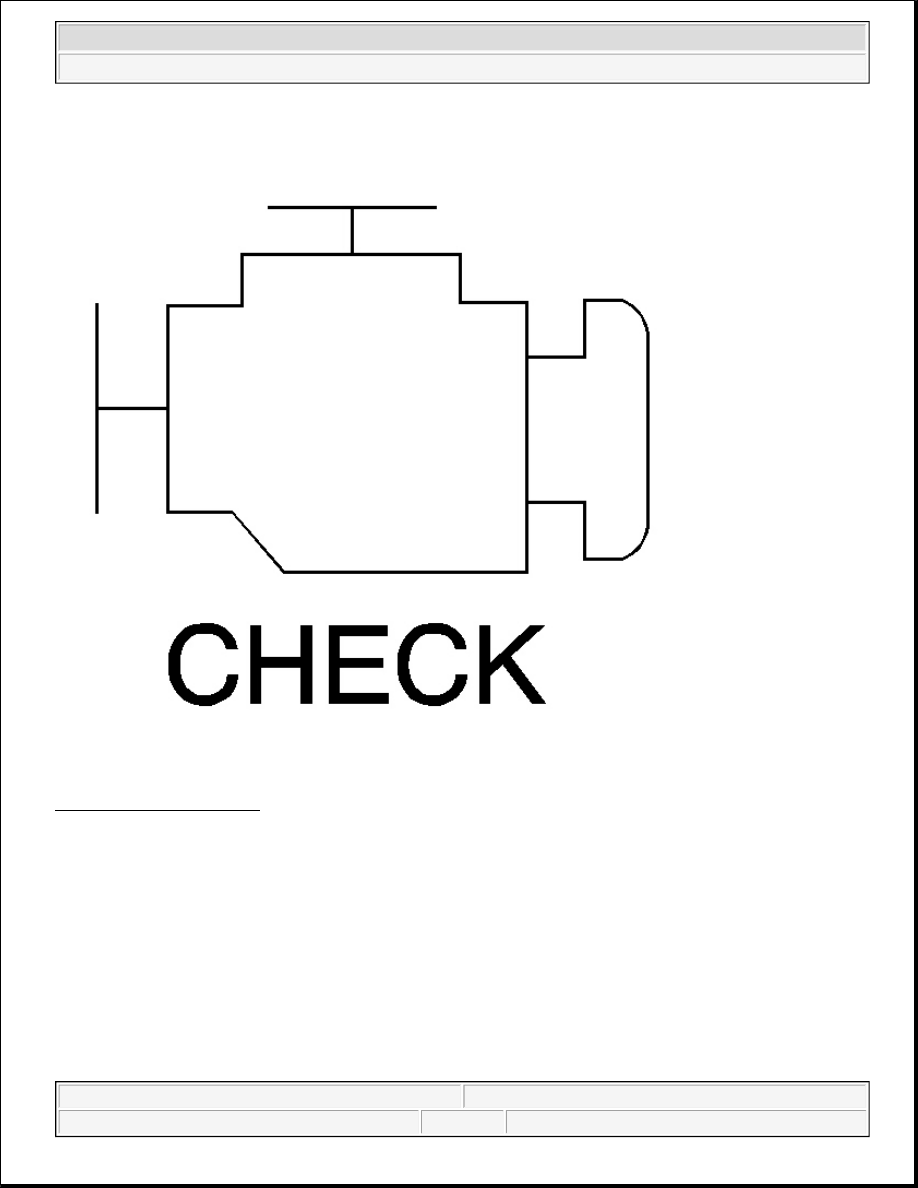Content .. 1478 1479 1480 1481 ..
Hummer H2. Manual - part 1480

Fig. 193: MIL ON (Check)
Courtesy of GENERAL MOTORS CORP.
The MIL indicates that an emissions related fault has occurred and vehicle service is required.
The following is a list of the modes of operation for the MIL:
z
The MIL illuminates when the ignition is turned ON, with the engine OFF. This is a bulb test to ensure
the MIL is able to illuminate.
z
The MIL turns OFF after the engine is started if a diagnostic fault is not present.
z
The MIL remains illuminated after the engine is started if the control module detects a fault. A diagnostic
trouble code (DTC) is stored any time the control module illuminates the MIL due to an emissions related
fault. The MIL turns OFF after three consecutive ignition cycles in which a Test Passed has been reported
2004 Hummer H2
2004 ENGINE PERFORMANCE Engine Controls (Introduction) - 4.8L, 5.3L, and 6.0L - Hummer H2